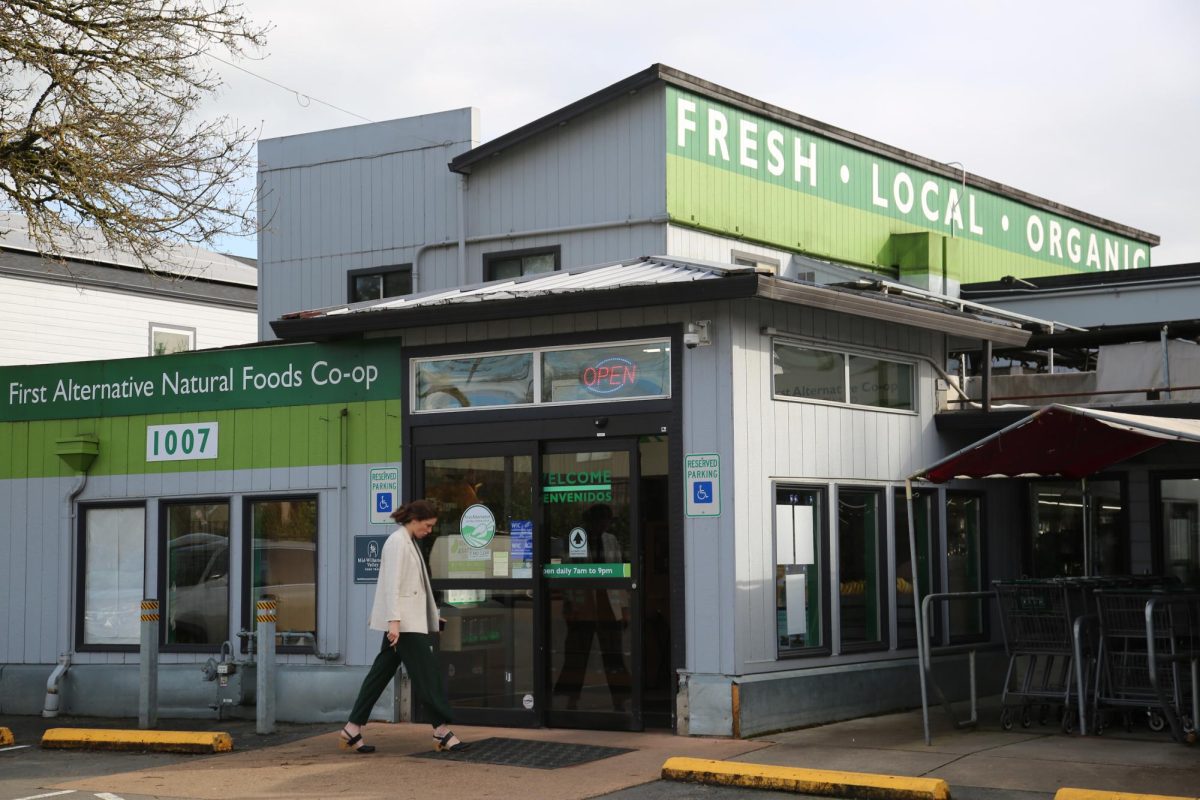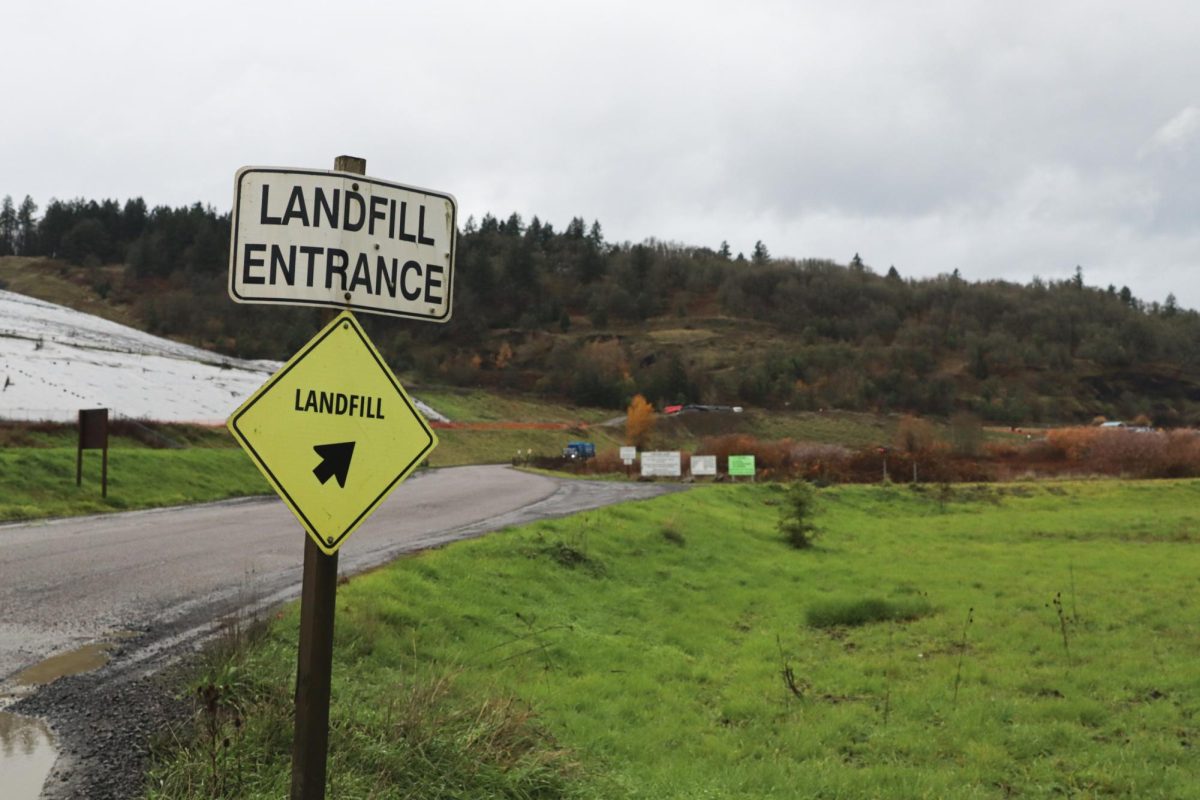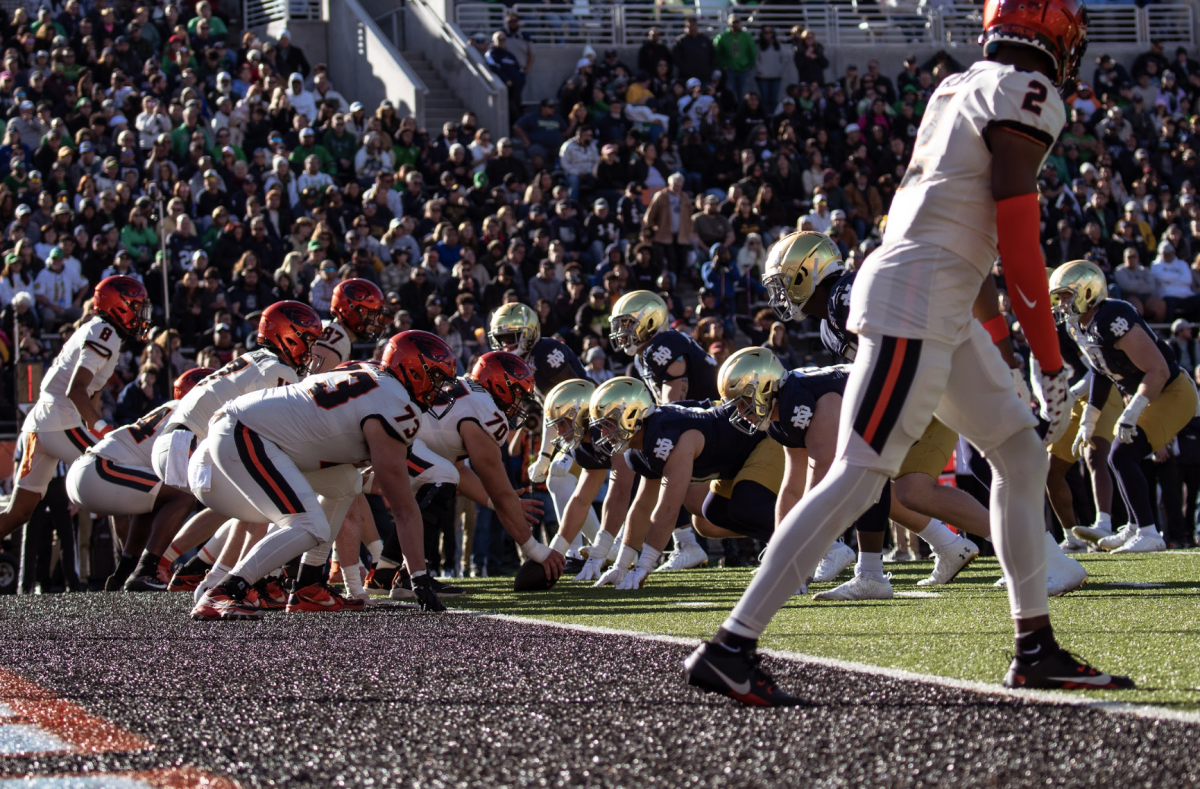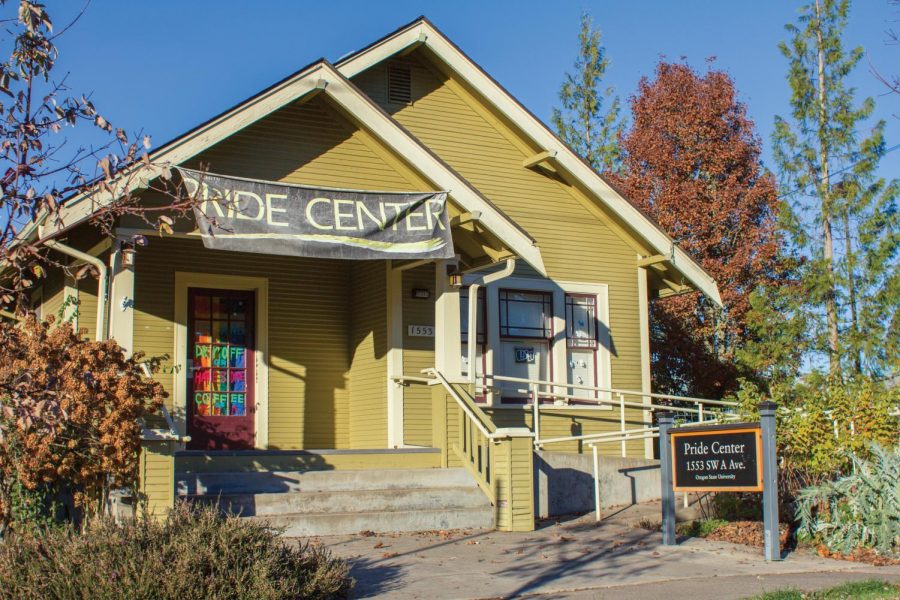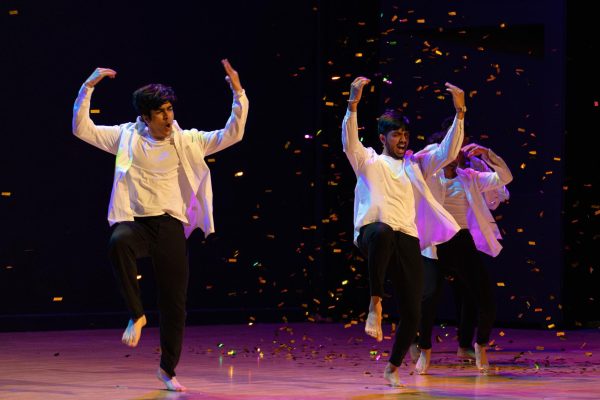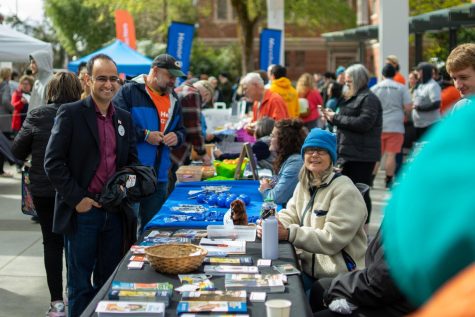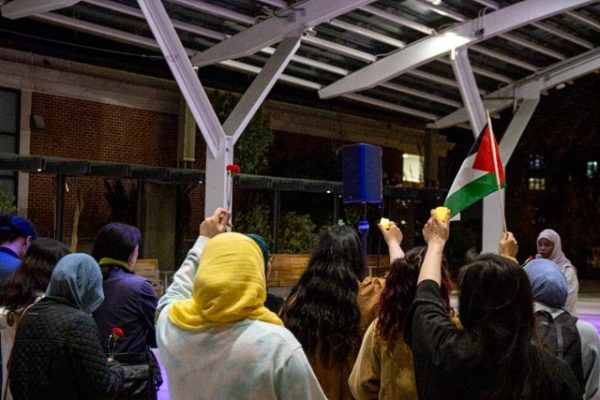OSU provides safe spaces for students on campus
November 30, 2015
Offering safe spaces to at-risk groups could create positive health outcomes according to associate professor in the school of biological and population health sciences Jonathan Garcia. In his study with other researchers, safe spaces could help prevent the spread of HIV/AIDS.
Safe spaces is defined in the study as places that promote empowerment and mobilization against stigma and discrimination, enable human development and skill building for those who are marginalized in professional or educational environments and to promote leisurely activities that are culturally relevant.
According to Garcia, most of the environmental factors that marginalize a population includes violent encounters, lack of social support and a lack of educational opportunities. These factors could potentially lead to an overall decrease in health and wellbeing for the individual who is marginalized.
In the study, it found that a greater invention and access to resources such as safe spaces lead to greater PrEP adherence, a practice that looks to prevent HIV infection for those do not have the disease.
But according to Garcia, the application of safe spaces can have a far reaching impact for other core issues such as gender, sexuality and racial discrimination.
“Safe spaces should allow for people to gain knowledge and give them the opportunity to make educated choices to have safer decisions in their life” Garcia said.
According to Garcia, the study can also be used as a way to look at the impact cultural resource centers OSU has on the students.
Oregon State University has cultural resource centers around campus for minority groups of race and sexuality, but the resource centers are still open to all students regardless of identity.
According to Garcia, having cultural centers at OSU can have positive impacts on many aspects of a student’s life, although the idea of safe spaces is often challenged.
“We found that safe spaces are often the first thing people cut because it is often seen as unnecessary, but it has the potential to be really powerful when given the chance,” Garcia said.
In the recent Speak Out event some speakers said that the resource centers are not enough on campus and that the administration could do more to make the campus an inclusive and safe space.
Cultural centers often provide books to explore the different cultures and lounges to provide open and safe conversation. They also can provide leisure activities for students to get away from school. Cultural centers also give students a venue to hold their own meetings and events.
The Pride Center specifically offers art supplies and a drag closet for students to borrow clothes and explore their identities.
Garcia said he hopes to see even greater collaboration between the cultural centers and the entire university as it is an important connection for providing safe spaces throughout OSU.
According to Keanu Chee, Asian and Pacific Cultural Center student leadership liaison, one reason the university has cultural centers is that some students may not always feel safe on campus, and sometimes their experiences are not validated.
Chee is of a multi-ethnic background of Hawaiian, Asian, and White descent. Although he mainly identifies with his Hawaiian background, Chee said he still feels connected to all parts of his heritage.
Chee said he has not personally faced blatant discrimination on campus, but when he hears other student’s stories, he thinks there is a need for the resource centers.
Chee said the reason there is no white cultural center at OSU is that it is a white institution. He said the culture is evident in greek life, the professors and class topics and the demographics of the student population.
Chee said it is important to have cultural centers in order to broaden the dialogue and perspective at the university.
“We don’t share the same culture as white people,” Chee said. “We’re trying to raise awareness that we are all human, that we are the same, but we still can be different. And that’s okay.”
According to Chee, the cultural centers allow students to be an individual and celebrate their culture and provide resources for students who struggle to balance school with their identity. He also said that he sees students who are able to use the space to help further their academic pursuits.
But according to Pride Center student liaison Malik Ensley, calling these centers safe spaces may not be entirely accurate.
He said the resource centers cannot guarantee that students will not face discrimination or insensitivity. The university cannot promise that people will not go into designated safe spaces and challenge people’s identities. Ensley said that the cultural and resource centers are moving away from the language of safe space and instead using the term brave space.
“There’s always going to be people who will challenge your beliefs. But we can have a space where people feel safe about why they feel uncomfortable and why they feel like they were challenged,” Ensley said. “These are spaces where you are going to feel brave, supported and validated.”
Brave spaces, according to Ensley, means providing a place where people can be confident in their own identities. This can include allowing students to feel free to explore their identities while handling insensitivity or discrimination in a proactive and positive way.
According to Pride Center student leadership liaison Tara Crockett, students are seeking a campus environment where students can feel safe in their identities at all times.
Crockett said that creating an inclusive campus can even come down to simple wording. Even a gender neutral bathroom can be seen as oppressive. Gender neutral bathrooms make students feel like their identities do not exist or are not accepted, according to Crockett, but gender inclusive bathrooms is a more accepting term.
“We don’t leave our gender at the door just because we go to the bathroom,” Crockett said. “When we use the language ‘gender inclusive’ it lets people feel like it is safe to use that space.”
According to Crockett, having multiple identities can put a lot of stress on people if they feel uncomfortable about their identity on campus, and it could impact a student’s ability to pass their class. The cultural resource centers, according to Crockett, serve as a counterculture to the university’s white heteronormative culture. The resource centers create an inclusive environment where minority students can reduce the stress of clashing identities.
“By creating a space for those students, we are able to alleviate their stress and create a community for the folks who feel overwhelmed. They can have a space where students can focus on their academics rather than focusing on fighting for the right to be who they are,” Crockett said.
According to Elizabeth Zimmermann, a psychologist at CAPS, safe spaces can be fragile spaces, and she said that CAPS can provide a space for students to have an important support group.
“At CAPS we level the power structure and allow people to freely talk about their values, their biases and their fears so that students can feel safe at OSU and pursue their educational goals,” Zimmermann said.
CAPS offers support groups for people of different backgrounds such as people of multi-ethnic backgrounds, women and women of color. They also offer individual and group counseling.
According to Garcia, the research focused on HIV prevention, but in a broader dialogue, having spaces for people to feel safe, educate themselves, and make safe decisions leads to better self care. He said it can be used in people’s social lives, spiritual lives, professional lives and any kind of social interaction.
“It can create positive health outlook for people, and it requires a social context that facilitates that,” Garcia said. “Creating social support isn’t just to address disease or prevent disease, but to promote a positive and good life.”










